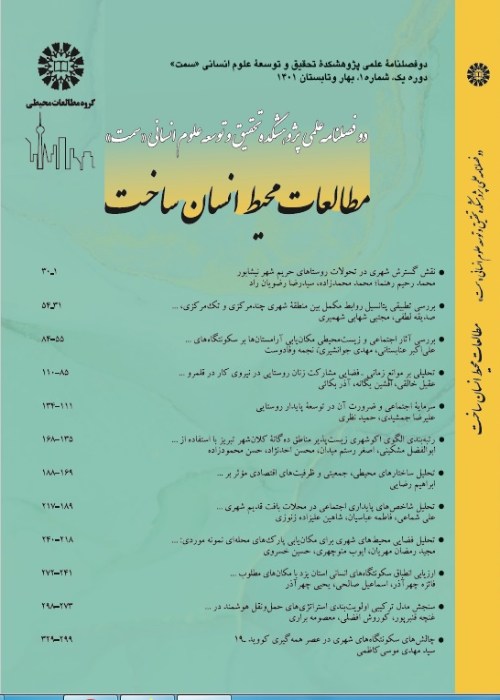Analyzing Effective Drivers of Environmental Structures, Demographic and Economic Capacities on the Regional Sustainable Development: the case of selected rural areas in West-Azerbaijan province
The major aim of this research is to analyze the relationship between regional sustainable development and environmental, demographic-human and socio-economic structures. To do this, the composite development index is initially created based upon Principal Component Analysis (PCA) and GIS methods. According to these methods, the significant effective factors on the rural development are identified including their weights. It is worth saying that the sample size of data , equals , in which N stands the number of villages (289) and K indicates the number of variables (25) based on latest census in 2016. This phase of assessment leaded to rural groups ranking.At the second stage, using econometric techniques (such as quantile regression), we have investigated the most important factors affecting development index as the dependent variable. According to the results, the regional development index has been affected negatively and meaningfully by natural variables such as slop and natural structures, and positively been affected by socio-economic and demographic determinants such as improving non-governmental organizations and local management. These results indicate the necessity to apply a specific development pattern for other similar areas in Iran.JEL Classification: R1, R2,R14.


